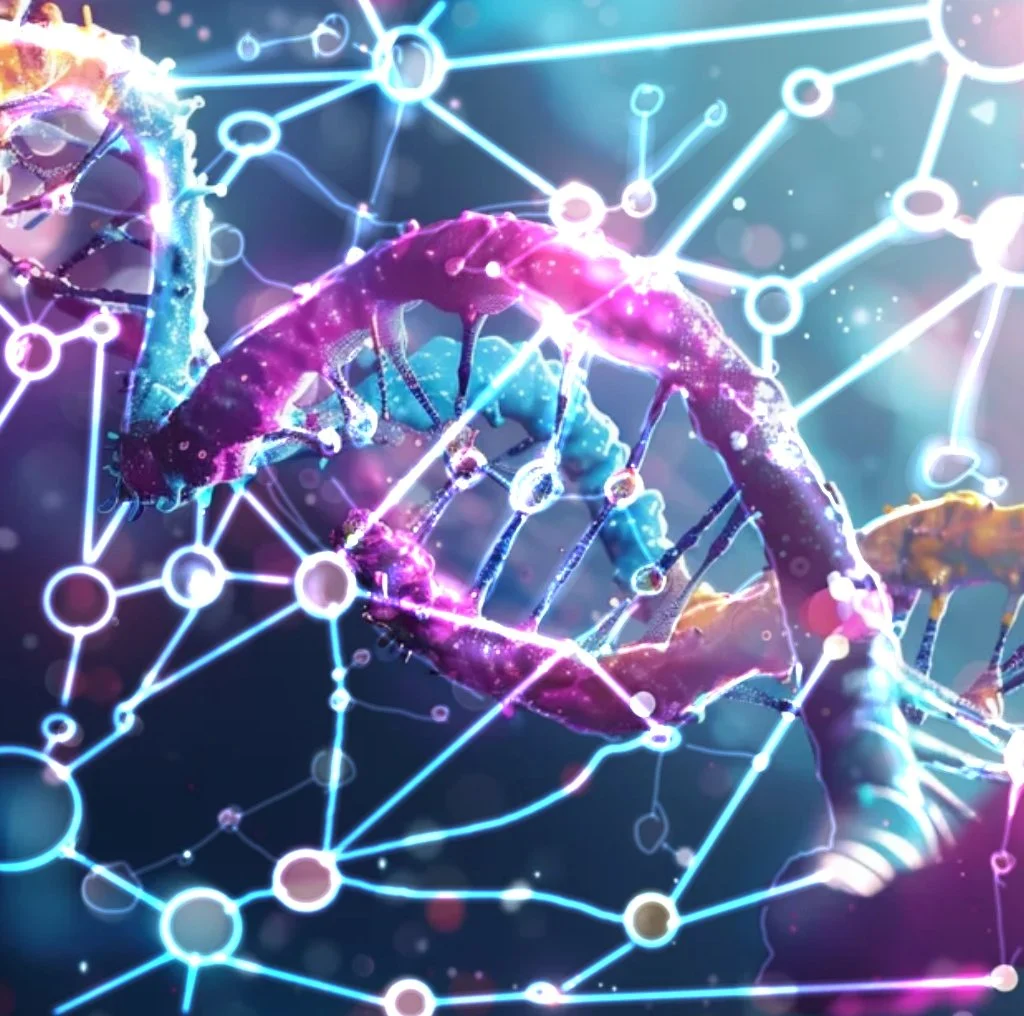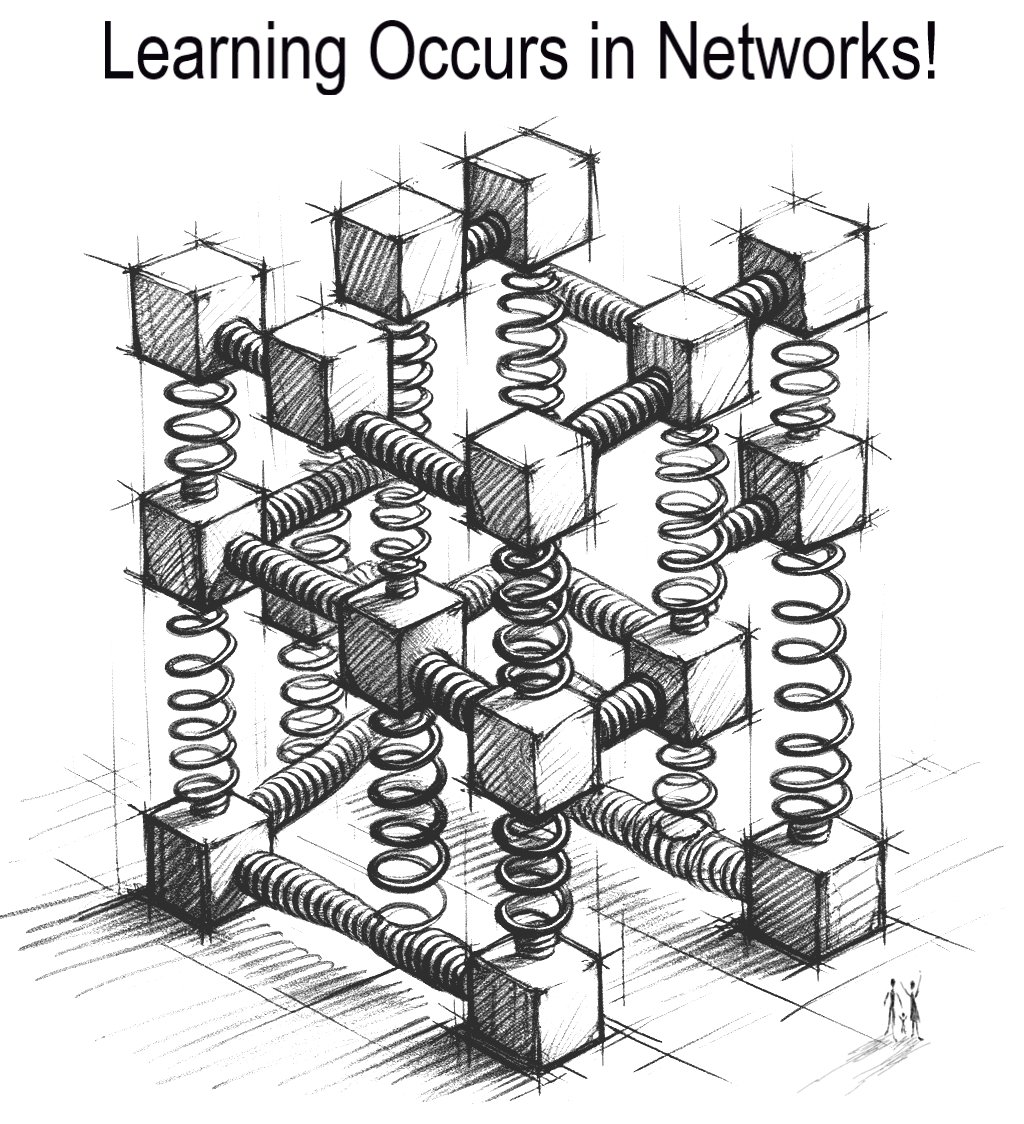
Learning Occurs In Networks
All learning occurs in networks. This ranges from gene expression networks to networks of cells, from neural networks in brains to artificial neural networks in large generative models like Chat GPT.
Natural vs Formal
If we begin viewing LLMs as natural systems, this changes how we approach them. Machines are built to be deterministic and predictable—we can usually dissect their behaviour using reductionism. However, the complexity of LLMs makes it difficult to reduce them to simple, mechanistic rules. This suggests that instead of developing a "physics" for LLMs—a precise science of how they operate—we might need to approach them more like biologists.
Can LLM Reason?
While LLMs are capable of performing inductive reasoning, they will likely struggle with true deductive reasoning. There is, however, a caveat: LLMs may learn to mimic deductive reasoning so convincingly that it becomes difficult to tell whether they are truly reasoning or merely simulating it. Currently, many AI labs are likely training the next generation of models on large reasoning datasets, hoping that, with sufficiently vast datasets, deep networks, and human reviewers, these models will approximate reasoning to a degree that is functionally indistinguishable from true reasoning. Huge amounts of money and resources are being spent on the bet that simply scaling up will work
AI Hype
The leaking of the Q* algorithm coincided with a period of high volatility within OpenAI, culminating in the sacking and subsequent reinstatement of Sam Altman, and ultimately the departure of Chief Scientist Ilya Sutskever. The leak also generated a lot of speculation about the name. The ‘Q’ part seemed relatively uncontroversial, with most commentators agreeing that it was likely a reference to Q-learning. Q-learning is a type of reinforcement learning; it’s a model-free algorithm, which means it doesn’t require a model of the environment. Instead, it learns from experience by interacting.
ICLR 2023 Knowledge Graph Citations
Knowledge Graph citations are quite defused within the wider GNN cluster, from which I conclude that Knowledge Graphs have broad application within GNNs
Everything Connects to Everything Else
As Leonardo Da Vinci said “Learn how to see. Realize that everything connects to everything else. Graphs take interconnectivity seriously, and Knowledge Graphs allow any organisation to connect most of its internal data together
World Model
The evolution of AI in strategic games, from Deep Blue to AlphaGo, illustrates the shift from reliance on exhaustive search strategies to adopting neural networks that model the game. This transition underscores the importance of a 'world model' in enhancing the efficiency of search algorithms. As Demis Hassabis states, 'The better your world model is, the more efficient your search can be.'
Power Laws
Traditionally, many phenomena in our lives follow the 'normal distribution'. Visually, this is represented by a bell-shaped curve. For instance, if we were to measure the heights of all students in a classroom, a few shorter students would appear on the left, the majority would cluster around the centre, and a few taller ones would be on the right. Such distributions formed the backbone of early machine-learning algorithms. For example, 'normal' error distribution was assumed in many linear regression implementations.
However, networks, especially 'scale-free networks', don’t adhere to the principles of normal distribution. Instead, they follow 'power laws'. Visually, a power-law distribution shows a sharp rise followed by a lengthy, tapering tail. Consider a social platform's subscriber dynamics as an analogy: a tiny fraction boasts millions of followers (the sharp rise), while the vast majority have significantly fewer (the tapering tail).
Limits to Sharing
The vision of a global data network, as conceived by Tim Berners-Lee, has captivated the Semantic Web community for years. It's a bold dream: a web not just of text but of interconnected data! However, in the intervening years, the power law inherent in scale-free networks has taken the web's journey in an unexpected direction, creating massive 'gravity wells' that draw everything into them. Perhaps refusing to share data in the open was not selfish but, in fact, wise: before sharing, trust must be established.
Nested Intelligence:
Intelligence is a fascinating concept that appears to manifest in a complex, multiscale, and interconnected architecture. It transcends the boundaries of human cognition, extending throughout the natural world in various forms. From the intricate workings of individual cells to the collective intelligence of societies, intelligence is distributed and nested across different levels of organisation.











